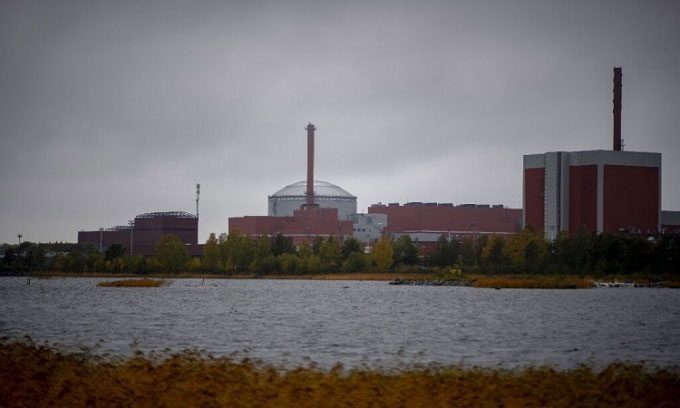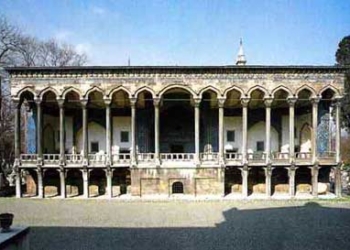The largest nuclear reactor in Europe has entered regular production in Finland just hours after Germany shut down its last three reactors.

Olkiluoto 3 will operate for at least 60 years. (Photo: AFP)
According to an announcement on April 16 from operator TVO, the Olkiluoto 3 reactor produces approximately 14% of Finland’s electricity and is expected to increase to 30%, with operations planned for at least the next 60 years. The Olkiluoto 3 is a new generation European Pressurized Reactor (EPR), which began regular operations after 18 years of construction and was delayed by 14 years compared to the original production schedule. After first operating at full capacity in September 2022, it was scheduled for commercial production in December of the same year, but this was postponed several times during the testing phase.
Constructed by the Areva-Siemens consortium, the reactor was first started in December 2021 and connected to the Finnish power grid in March 2022. With a capacity of 1,600 megawatts, Olkiluoto 3 is the largest nuclear reactor in Europe, while the Zaporizhzhia plant in Ukraine, with six reactors, is the largest nuclear power plant.
Finland hopes to rely on the new reactor to meet electricity demands at the beginning of this winter due to concerns about energy shortages following the Russia-Ukraine war. Jarmo Tanhua, CEO of TVO, referred to environmentally friendly electricity production as one of Finland’s “key assets.” Olkiluoto 3 is designed to restart the European nuclear industry after the Chernobyl disaster in 1986, providing high output and safety. Two similar EPR plants in China are also in commercial operation, making Olkiluoto 3 the third operational plant in the world. In a poll conducted in May 2022, 60% of the Dutch population supported nuclear power.
Meanwhile, Germany officially ended decades of nuclear energy use by shutting down its last three reactors on April 15. The Isar 2 reactor in the southeast, the Neckarwestheim reactor in the southwest, and the Emsland reactor in the northwest of Germany stopped connecting to the grid before midnight. Germany’s decision to phase out nuclear power is the result of a strong anti-nuclear movement. However, some experts criticize this decision, stating that it will increase Germany’s reliance on coal while trying to cope with the energy crisis due to the Russia-Ukraine war.





















































